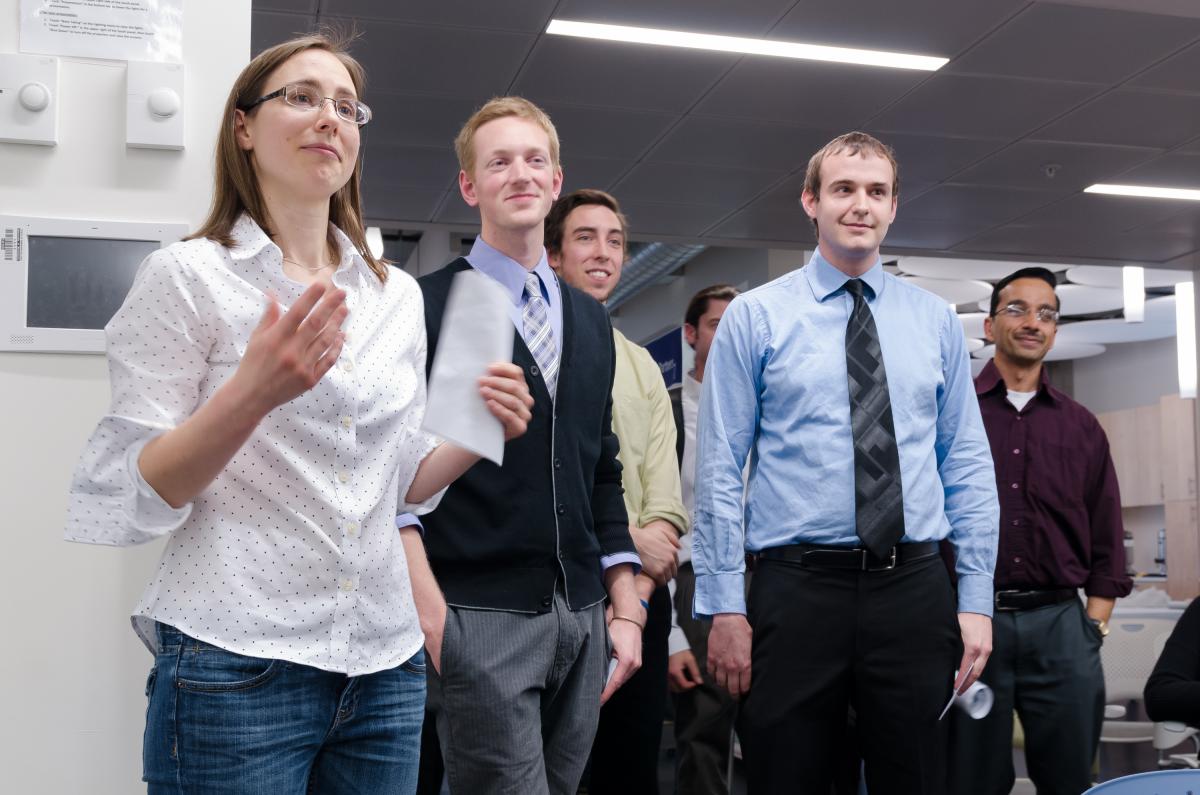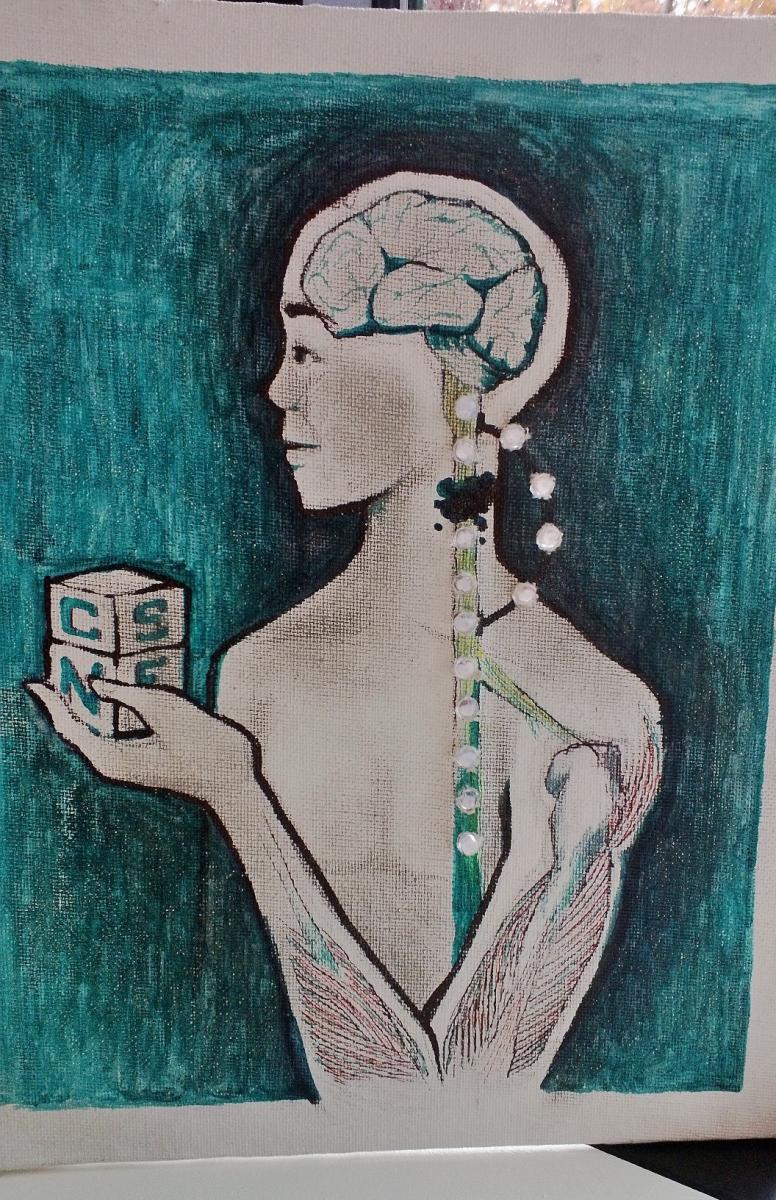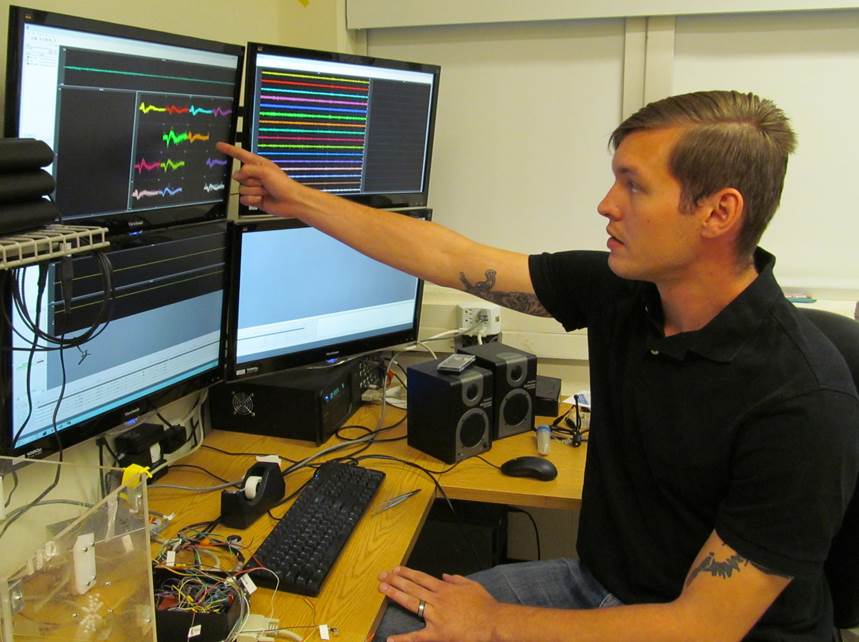 Kayla Brown, 26, is a graduate student in the School of Social Work at the University of Washington (UW). A self-described activist with an interest in social justice, Brown works at DO-IT, a center that supports students who are disabled and interested in STEM (science, technology, education and mathematics).
Kayla Brown, 26, is a graduate student in the School of Social Work at the University of Washington (UW). A self-described activist with an interest in social justice, Brown works at DO-IT, a center that supports students who are disabled and interested in STEM (science, technology, education and mathematics).
DO-IT stands for disabilities, opportunities, internetworking and technology. Staff and leaders from DO-IT work closely with the Center for Sensorimotor Neural Engineering (CSNE).
As part of her job, Brown works one-on-one with people with disabilities. She facilitates mentoring sessions and works with students on transitioning to college and stays in contact throughout the year.

 When four University of Washington students
When four University of Washington students  Art can represent the brain, according to Eb Fetz, University of Washington professor in the Department of Physiology & Biophysics and CSNE researcher. Fetz gave the low-key, entertaining keynote speech at a Center gathering held November 6 in Seattle. He was selected to talk as a primer (pun intended) for an art contest; submissions came from labs, projects and staff involved in the CSNE.
Art can represent the brain, according to Eb Fetz, University of Washington professor in the Department of Physiology & Biophysics and CSNE researcher. Fetz gave the low-key, entertaining keynote speech at a Center gathering held November 6 in Seattle. He was selected to talk as a primer (pun intended) for an art contest; submissions came from labs, projects and staff involved in the CSNE. Sam Dreyer, 24, thought he might have a career in mixed martial arts, until he was knocked out in a fight and diagnosed with a concussion in 2010. The blow was intense enough that he didn’t recognize his fiancée, Noelle, immediately afterwards.
Sam Dreyer, 24, thought he might have a career in mixed martial arts, until he was knocked out in a fight and diagnosed with a concussion in 2010. The blow was intense enough that he didn’t recognize his fiancée, Noelle, immediately afterwards.  Lars Crawford, graduate of the
Lars Crawford, graduate of the